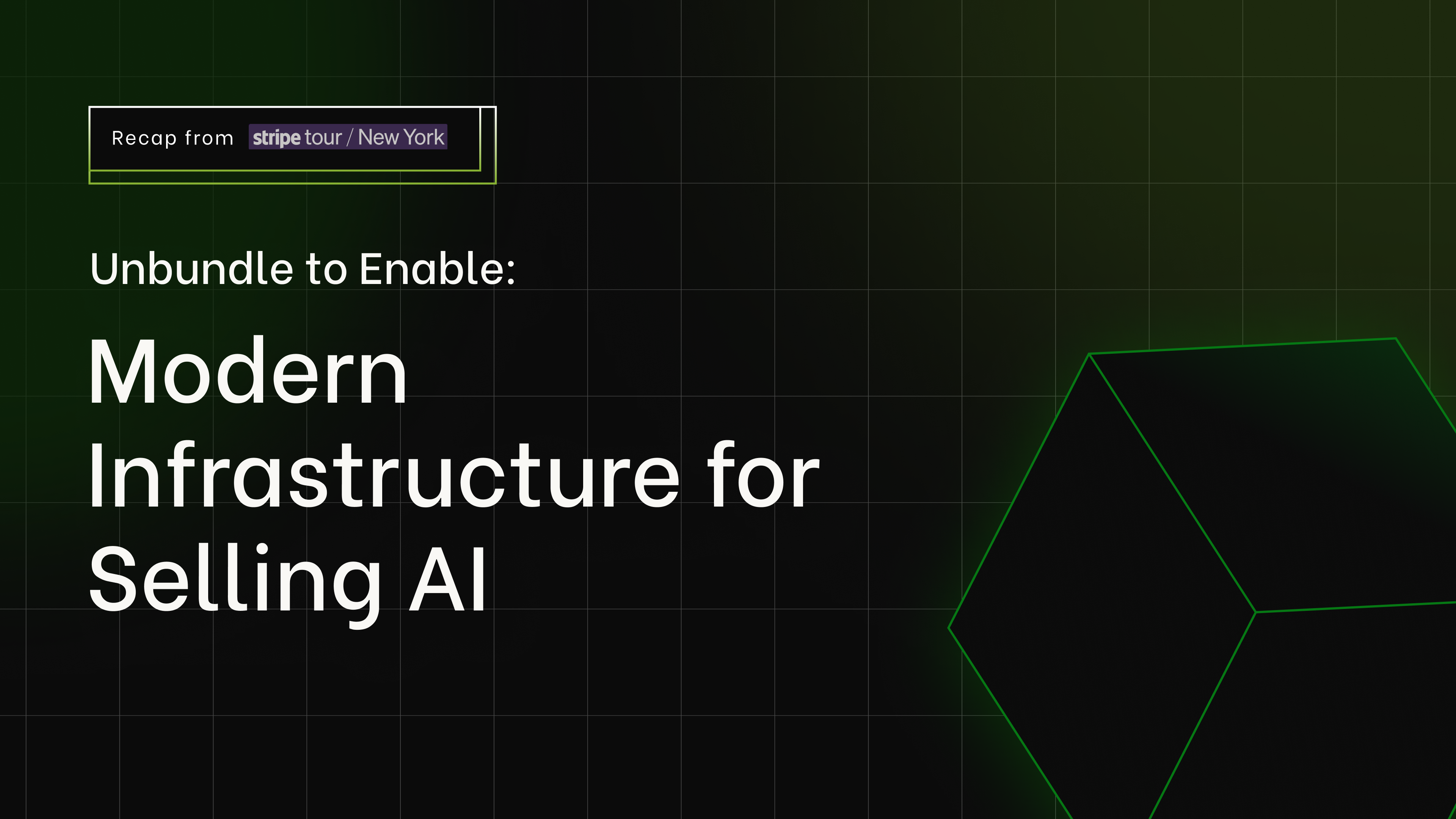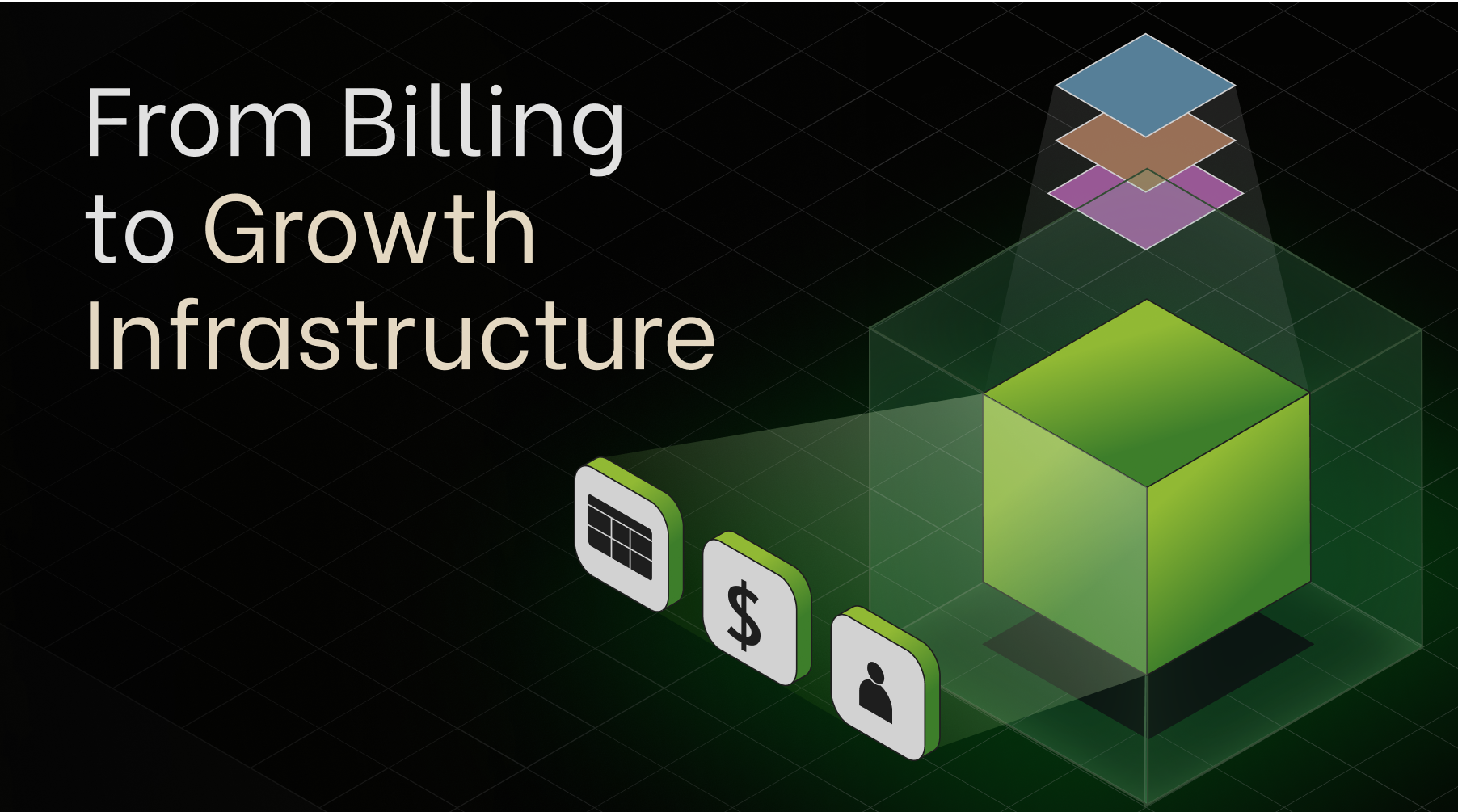In 2011, I purchased my first smartphone. It was one of google’s early flagship Nexus devices, manufactured by LG (over the years, I switched to iPhone, but that’s a topic for another blog).
Shameful, I was surprisingly late in the smartphones game, comparing to my other millennial friends. Being late on smartphones was pretty counter intuitive to the early-tech-adopter image that I always had for myself. By the time I got it, all my friends were already utilizing their devices to their full potential. Back then, the apps you had on your device (your stack, if you will) said a lot about who you were. Smartphone owners traded new apps names secretively; it was pretty cool to be first to recognize new mobile apps “before they were cool”. Different people had creative ways to search for new apps; mastering your ways through Apple app store / Google play store to find new gems was a CV-worth-mentioning skill.
Soon enough, there were apps for everything. New devices introduced new hardware improvements, which subsequently allowed another burst of new apps.
To understand how incredibly rapid the explosion of mobile apps was, just have a look on this numbers: In 2008, Apple opened the app store with *552* apps only. Within a week of the launch, there are already *10 million downloads* and there are more than *800* mobile apps available for download. In 2015, Apple announced that more than *100 billion* apps have been downloaded. [Read more: the explosion of mobile apps].
Today, we’re seeing similar patterns in SaaS. The move to the cloud, together with other enabling trends on the customer side such as younger age groups becoming part of today’s workforce have led to showers of SaaS applications.
“Today is cloudy, with a chance of SaaS”. For almost every possible need, there’s a SaaS solution out there. No matter how niche or ridiculous, there’s a SaaS for it. Sometimes even when the need is not really there yet. (*cough* market-fit *cough*).
No matter how niche or ridiculous, there’s a SaaS for it. Sometimes even when the need is not really there yet.
Now, before this blog post goes left, and starts to develop a criticizing tone, I’d like to pause and say I have nothing against it; I am an honest, enthusiastic advocate of SaaS. Helping organizations becoming more focused on their key value proposition while deferring anything that is not part of their IP / core business has proven itself effective time after time.
In its current magnitude, I believe this trend might imply an even further future disruption to the way organizations adopt new software.
Up until recently, in-order to use a new SaaS solution, users were required to go through procurement, sometimes involving other departments as well such as legal, security, privacy and more. In many cases, the end-user actually couldn’t integrate or install the new software on their own and they had to bring additional stakeholders to be involved in the process (e.g on-prem).
This sounds nothing like the seamless experience of downloading a new mobile app. But that’s not the case anymore.
Today, SaaS went product-led growth. B2E (Business-to-Employee) is the new B2B.
Today, SaaS went product-led growth. B2E (Business-to-Employee) is the new B2B. More and more companies launch a free-trial / freemium offering right at the start. The call-to-action button “Request a demo” is being replaced with “Start now”. End-users can easily sign-up and start trying SaaS right away. No human involved; no sales rep, no demo, no CSM — the entire onboarding and activation experience is low touch and self-served. If the user is happy with the value they’re getting from the solution, they’d pay for it — exactly like the way it works with mobile apps. This is a wide-cross-organization transformative phenomena, nothing less! It changes the way we do marketing, customer success, product, R&D, sales and more! and we had still not lived it through just yet.
More and more companies launch a free-trial / freemium offering right at the start. The call-to-action button “Request a demo” is being replaced with “Start now”
This is the era of the end-user; the power to decide what’s the best tool addressing their needs is at their hands. If they are not satisfied, they can immediately switch and try something else. With more and more alternatives a click away, SaaS needs to compete on every end-user. Brand social proofing and reputation is becoming critical — exactly like in consumer products (Cars, Shoes, and more).
“Life can only be understood backwards — but it must be lived forwards”. [Søren Kierkegaard].
While we can’t predict the future, nor we should try, we can learn from the evolution of the mobile application market. The number of different applications a single employee is now expected to master is higher than ever before, and is continually and radically growing. This is pretty similar to the reality of the every day smartphone user back in the 2010’s.
- While considering a solution: buyers and users would expect to relay on objective rating resources, brand social proofing/word-to-mouth, objective (as possible) comparison resources, top charts (like in the app/play store) and more.
- While considering a solution: buyers and users would expect to see references beyond the traditional case-studies / logos we’re used to see in B2B. They’d like to make their decision based on success metrics like: number of installations, number of active users, users ratings, and other adoption/engagement metrics that we’re used to in B2C applications.
- Before making a purchase: buyers, budget owners and end-users may raise the bar before adopting a new application, expecting *rapid* time-to-value, seamless and low-touch onboarding with ability to try before buy, and a complete self-serve experience end-to-end. In mobile, many applications spent a serious investment on removing friction at the onboarding level, such as the need to even download the application or to even sign-up. We may see more of that in SaaS pretty soon.
- After making a purchase: buyers and budget owners would be expected to use data in-order to prove the return they are getting from a new application internally, in-order to continue to use it. As more and more applications are available on the market, budgets may be under a deeper monitoring and optimization process, to ensure a legitimate ROI and avoid a proliferation of tools in-use.
- After making a purchase: As more and more applications will invest in a seamless onboarding and installation process, the cost (time, money) of migration will be lower, resulting in an easier and faster transition from one solution to another. This will unlock customers in domains where they were traditionally locked, and shall allow them much more flexibility and a better position to negotiate price and demand a better return.
- Bonus: could it be that the days of centralised procurement for SaaS are about to be over? maybe soon enough applications like Expensify will be used to allocate individual budget to every employee/team/group in the organization, allowing them to install and adopt what-ever apps they’d like? maybe even a new centralized app store for SaaS will appear? (like Steam in video-games)
There are probably many other possible outcomes to this trend, and i’m positive in my lack of ability to predict them all. As more businesses adopt practices we were so far used to see in the consumer world only, I am genuinely thrilled about the future. It’s a beginning of a new era; one which new possibilities in creating tangible customer value surface. One which we all can focus on what matters most to the most important chain of our product — the end-user!




